
The Himmelbeet is a community garden in the middle of the city where all residents can grow and harvest vegetables and herbs together. You can also buy the plants grown there, and bake pizza and bread in the wood fired stone oven. However, you have to bring your own dough. There is a café where the various freshly picked vegetables and herbs are processed into delicious dishes. And there are even three colonies of bees living on the roof of the café.
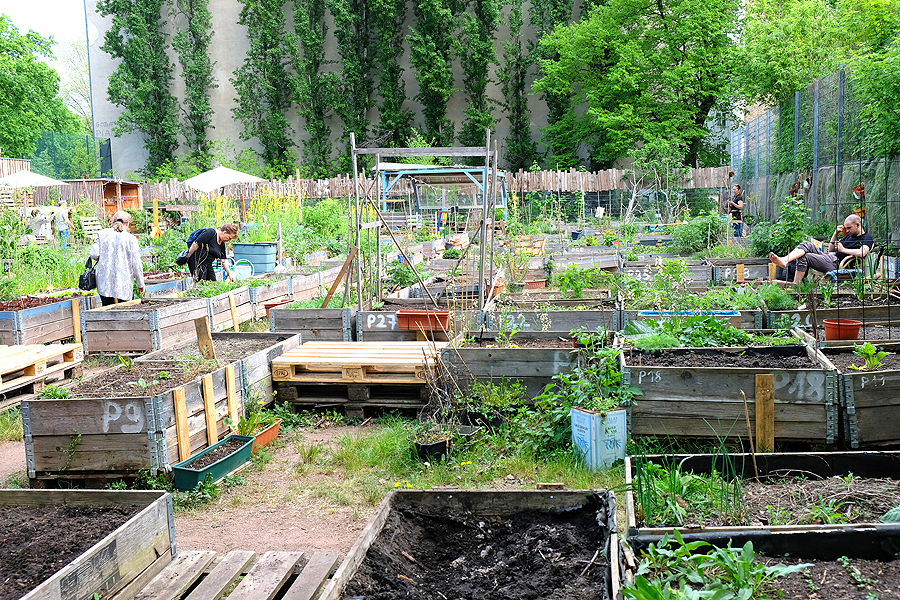
We have an appointment with Sonja for a guided tour that will be extremely exciting and interesting. On a wooden wall is the slogan “Solidarity can overcome anything” in three different languages: in German, in English and in Turkish. Other languages are to be added so that as many people as possible can understand it. Sonja explains to us what this has to do with the Himmelbeet: Solidarity always has something to do with community and the Himmelbeet is ultimately a community garden in which anyone who feels like it can work. That's why the bees go so well with the Himmelsbeet, because they do everything together.
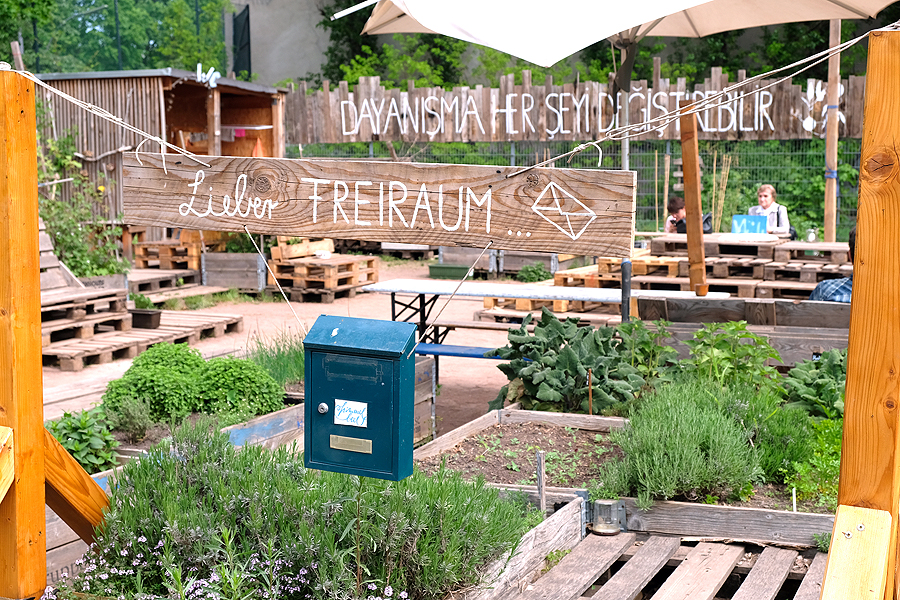
Do you actually know where the soil comes from? And which animal plays a very important role in it? That's the earthworm, Sonja explains to us. The earthworms eat plants, e.g. leaves from trees or weeds, and then excrete the soil. She prefers to call weeds “Beikraut” because that sounds so much friendlier. And then she tells us that the bees have their own air conditioning system. You can hear how this works when you click on the audio “Interview mit Sonja”.
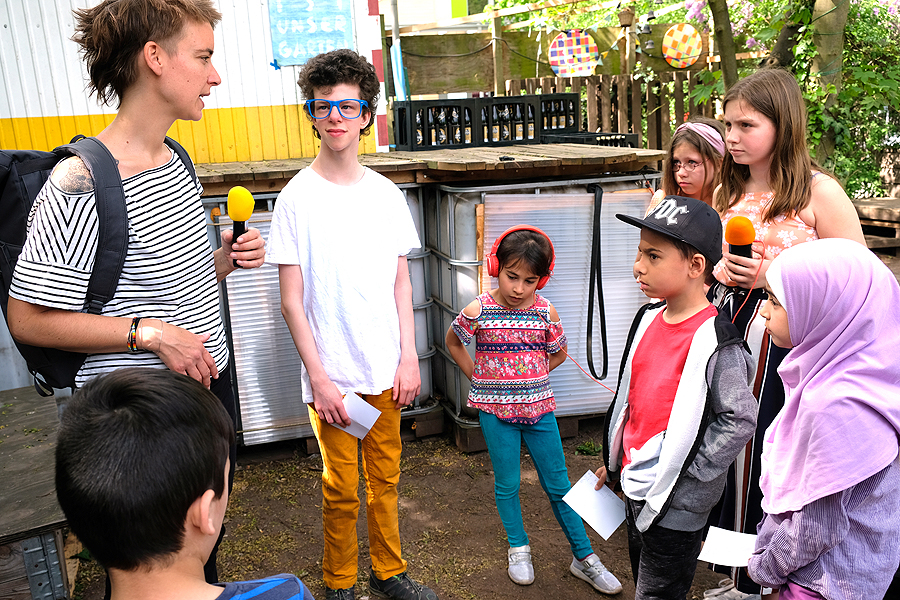
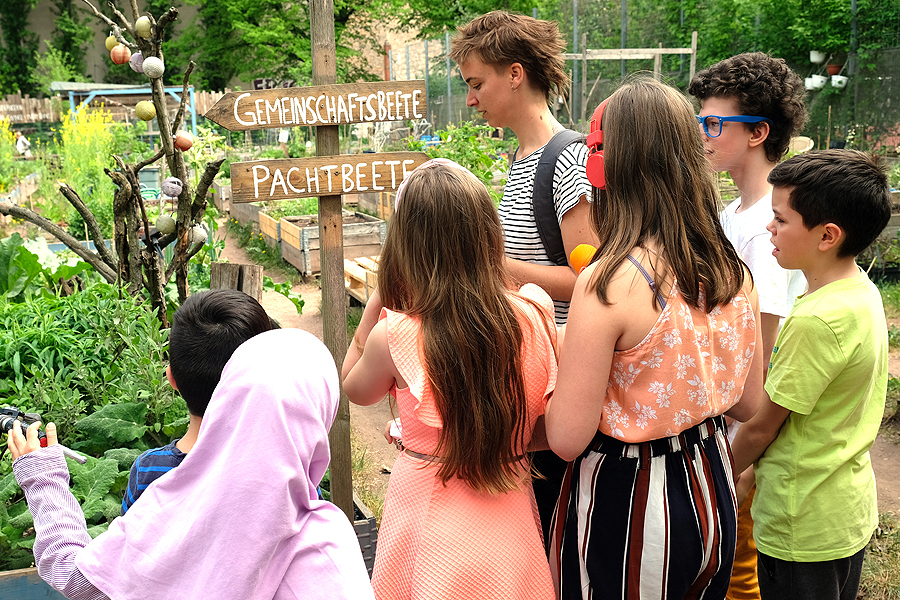
There are community plots where many people can participate together. Additionally there are plots for lease that you can practically rent for yourself. And for school classes and day-care centers there are also extra social plots.
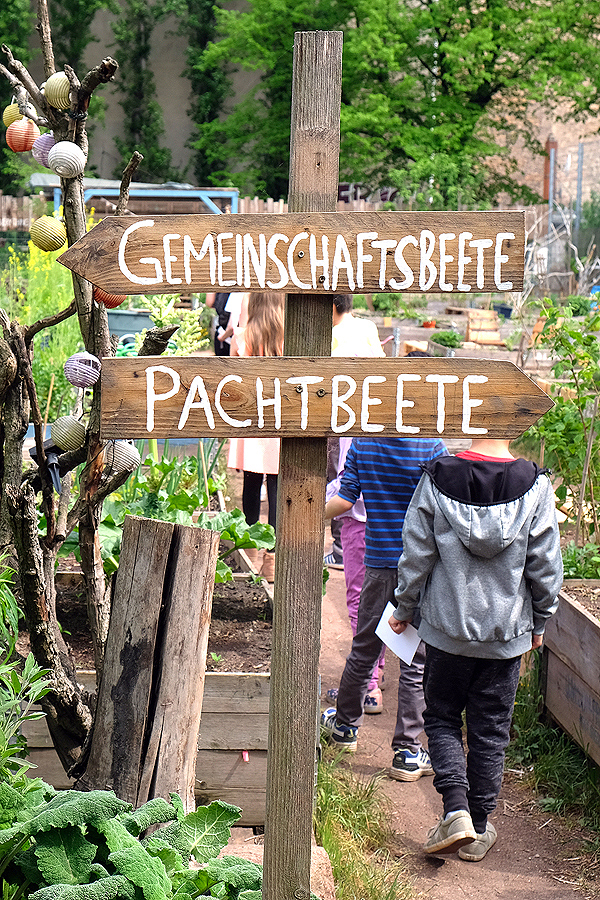
We have a lot of questions for Sonja: where did the Himmelbeet get its name from? What is actually planted here? What do plants need in order for them to grow well? How many people visit the Himmelbeet? And very important: how can school classes also take part?
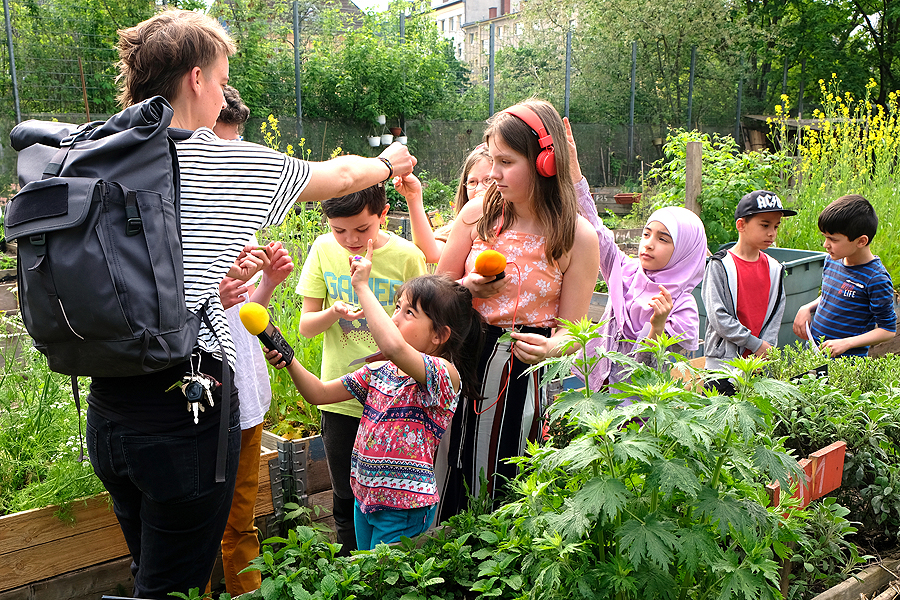
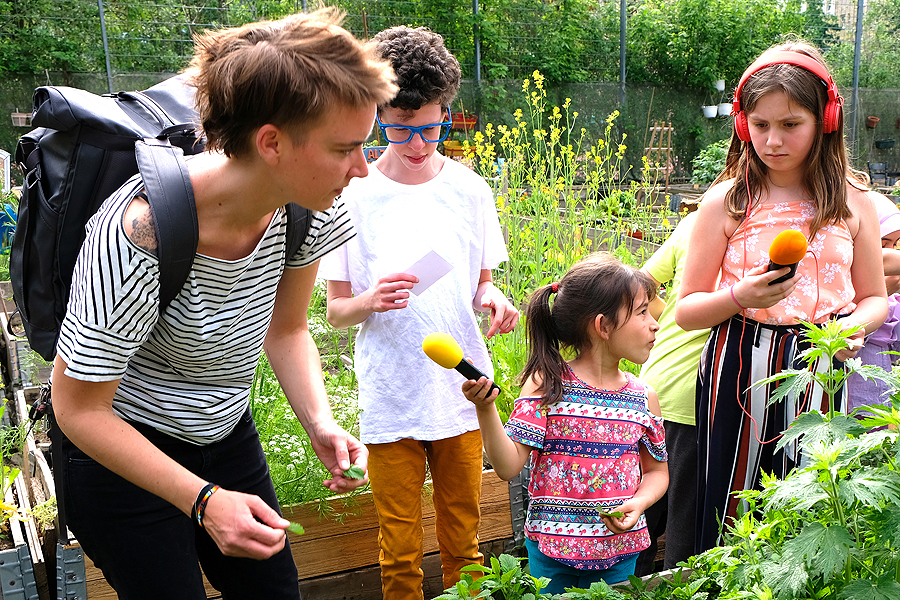
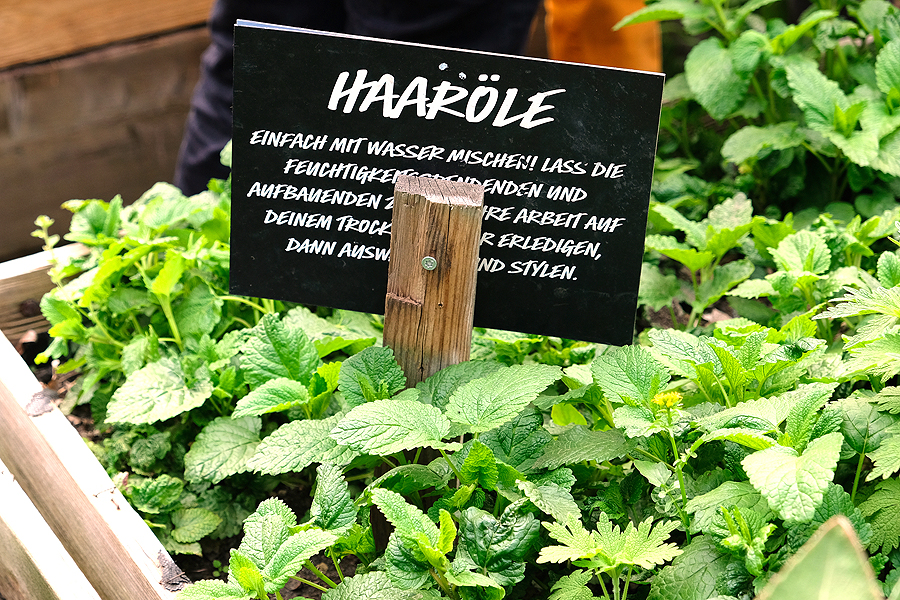
We get to know lemon balm and how it smells.
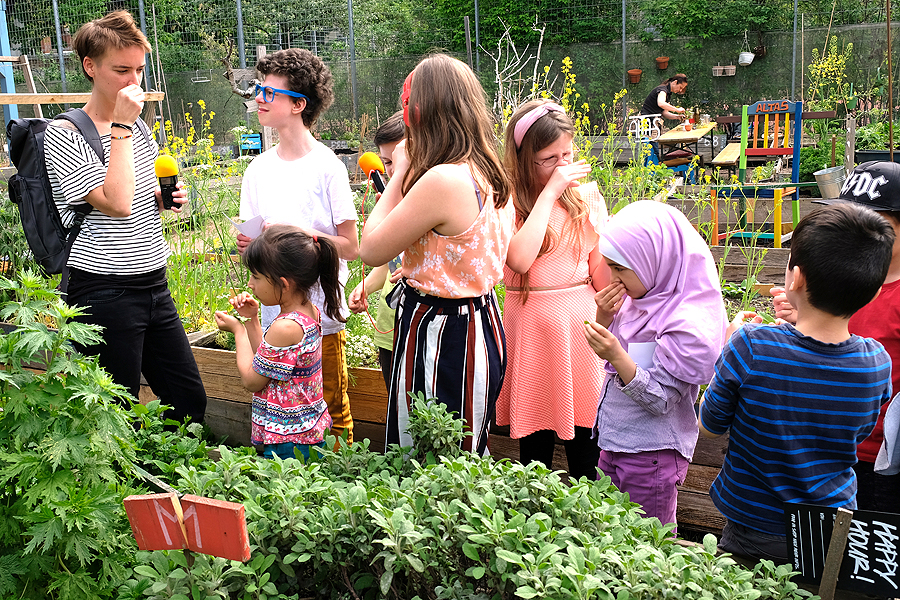
In the self-built wood fired oven, pizza is baked every Thursday at high temperatures and bread at lower temperatures.
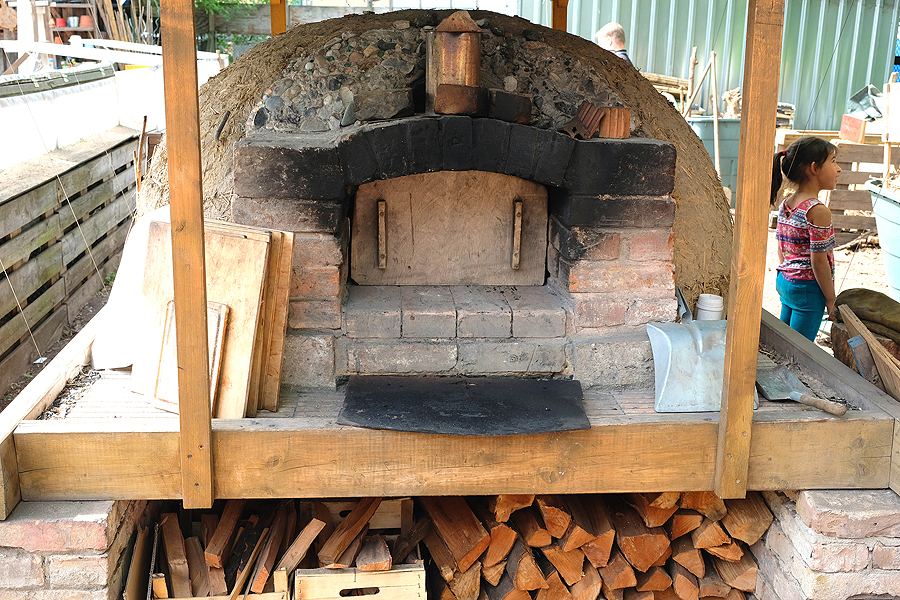
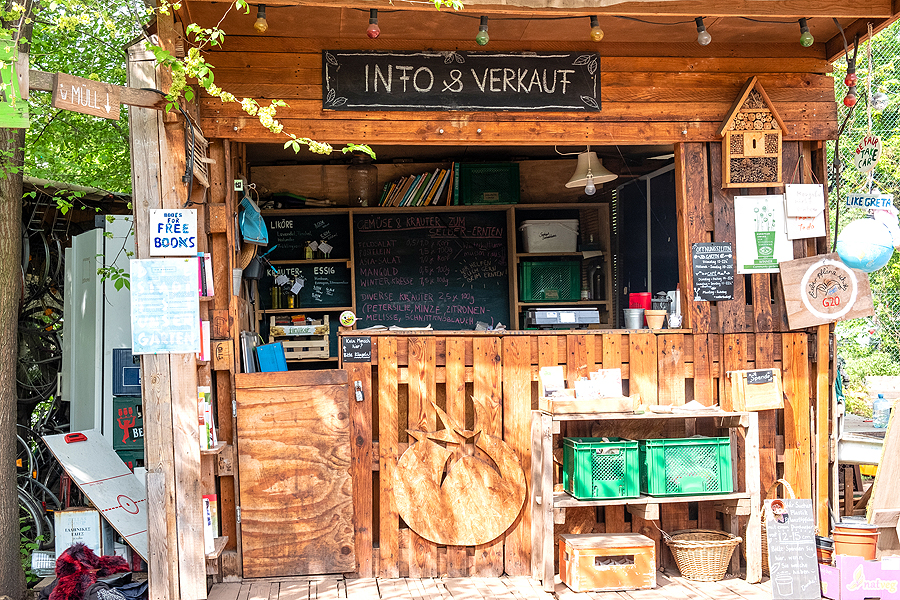
If you want to know what this oven is made of, how to measure and regulate its temperature, and how many pizzas and loaves of bread you can actually fit in the oven, listen to our audio recording “Der Backofen”.
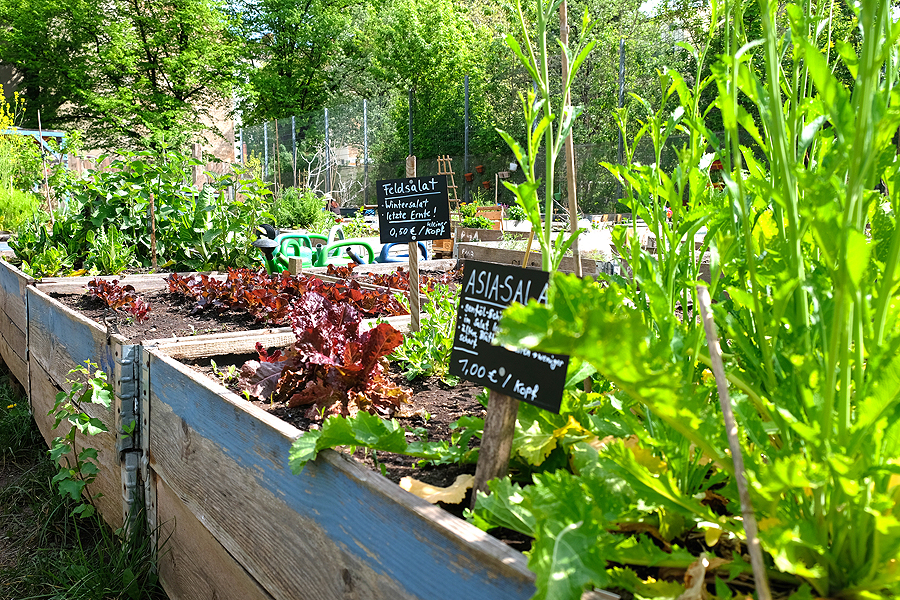
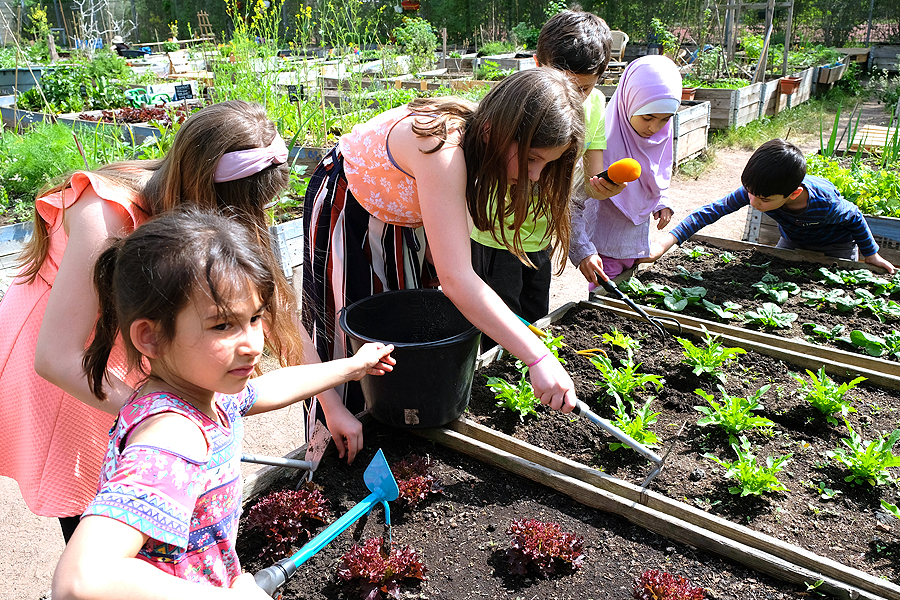
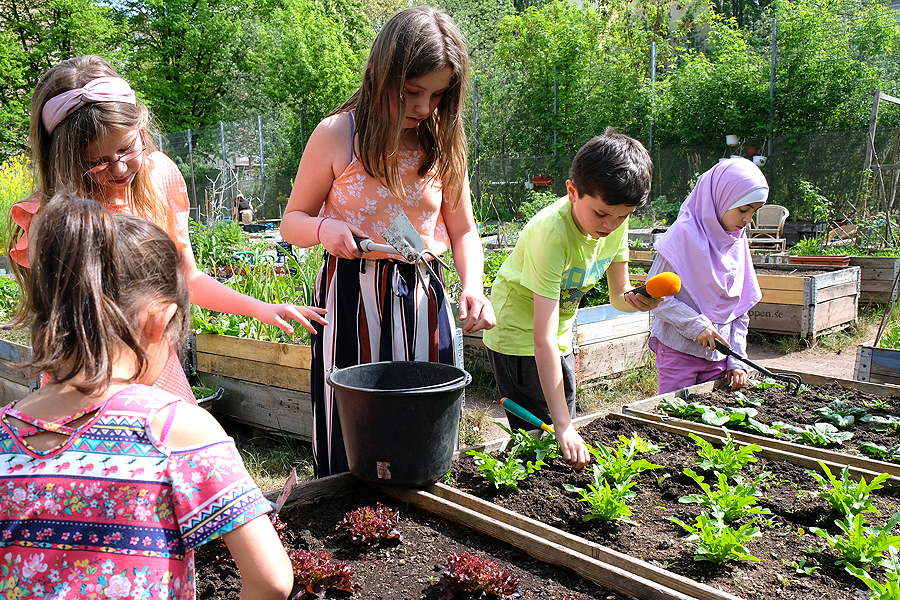
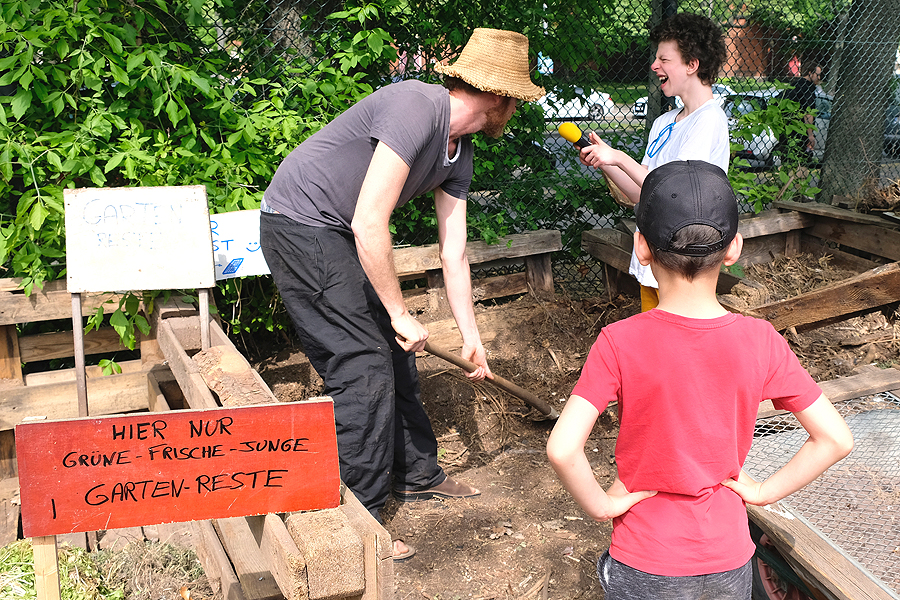
Jonathan is actually from France and prefers to call weeds wild weeds. “You can relax in the garden in the summer, you can harvest everything in the fall, but you should accelerate a bit in the spring,” he says.
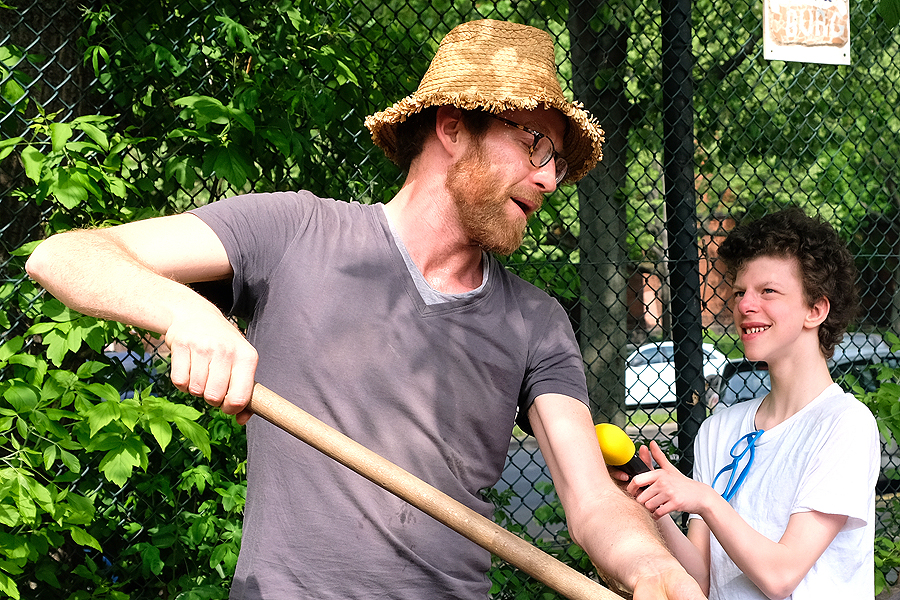
And because it's spring, we'll start right away and help out actively. While one group works the plots with Natascha, the other helps Jonathan with sifting and rearranging the compost heap.
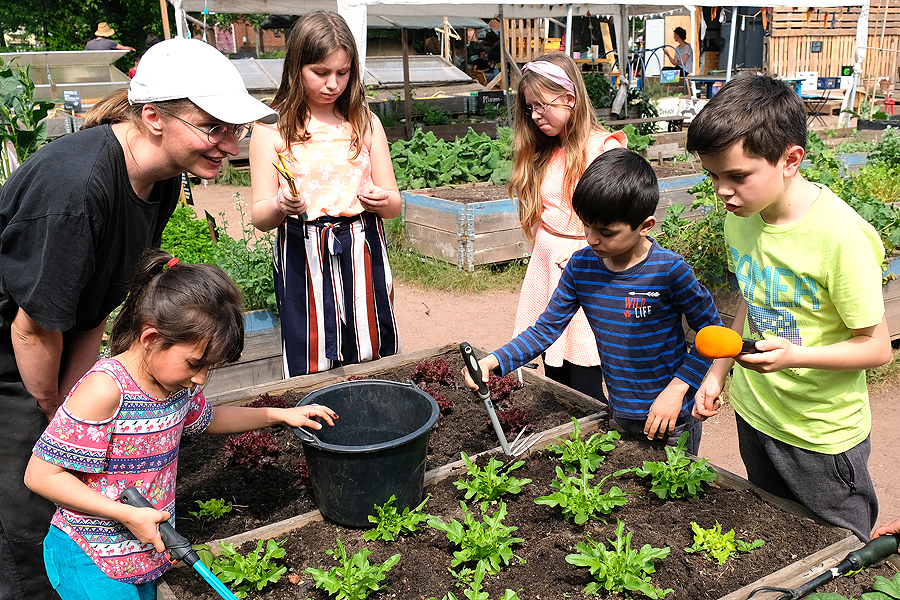
“We remove the “Beikraut” because it draws too many nutrients from the soil. Because those are actually for the spinach and the salad,” explains Natascha.
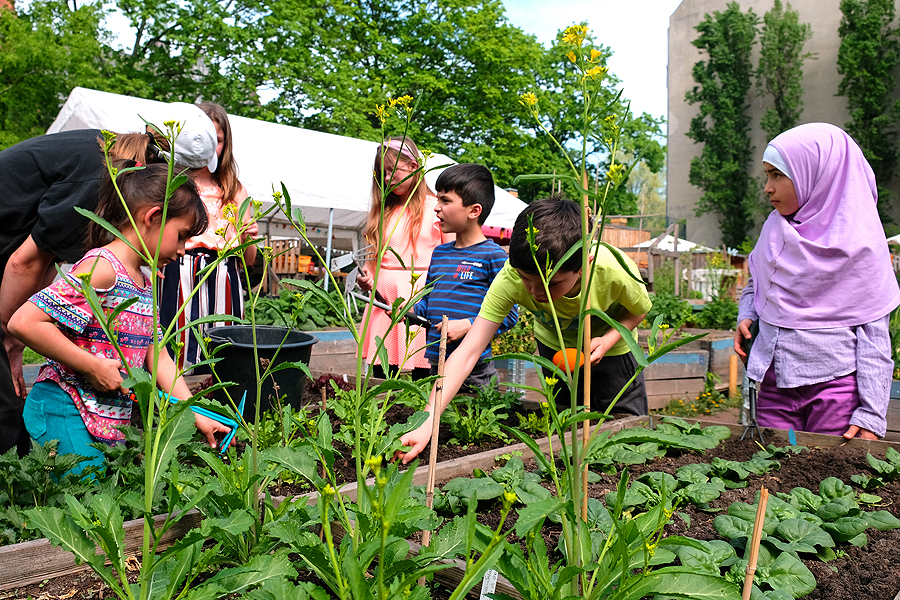
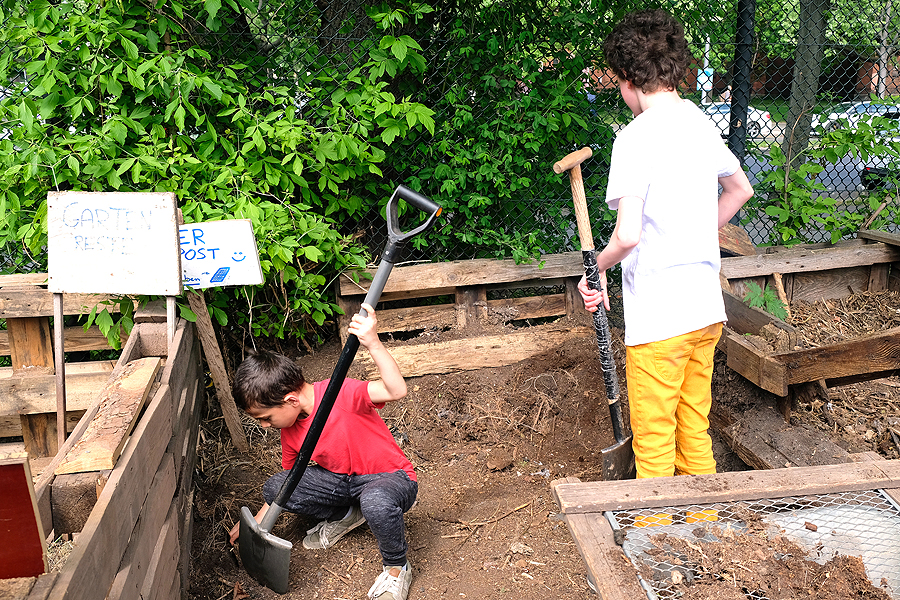
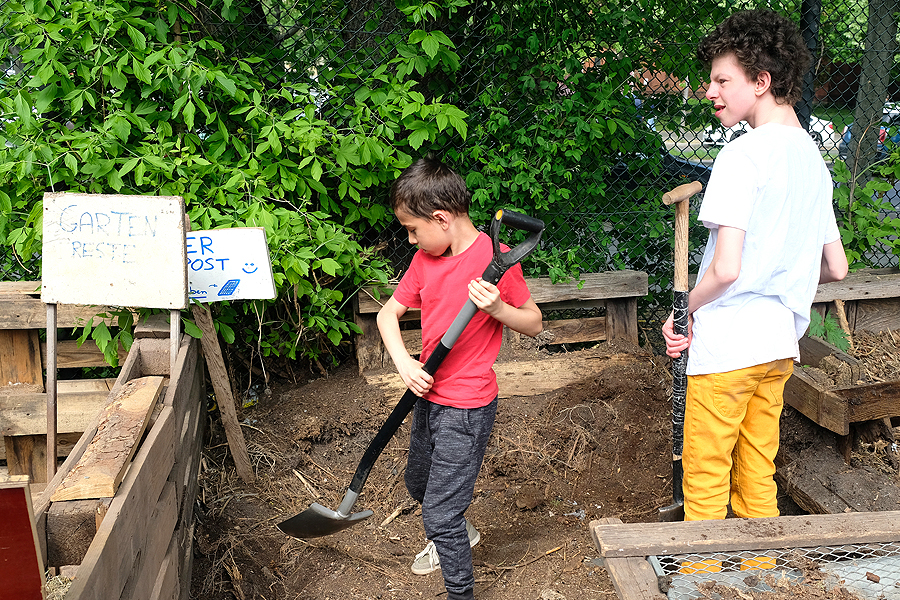
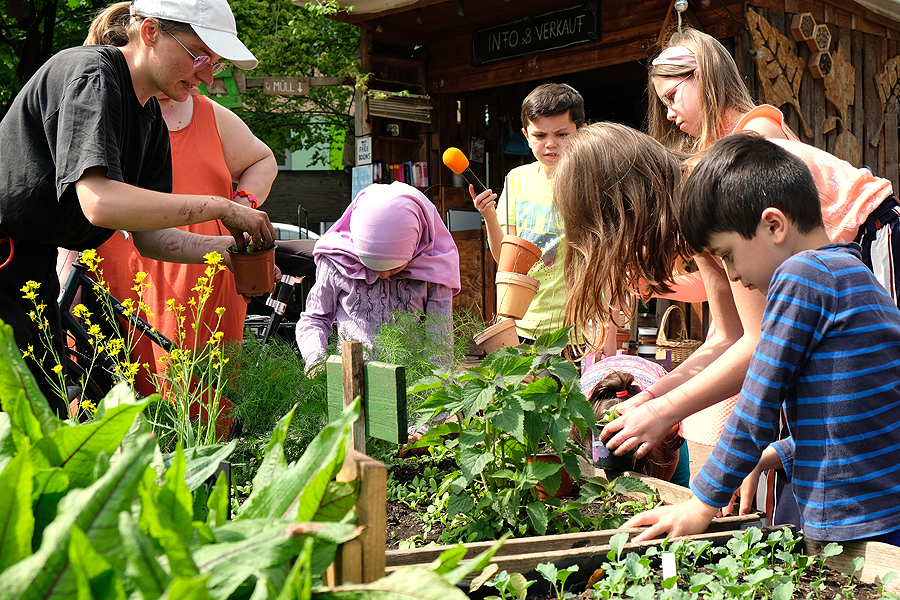
Many thanks to Sonja for her awesome tour and also to Jonathan and Natascha.
We have enjoyed it tremendously and are already looking forward to our next visit to the Himmelbeet
You can find more information about the Himmelbeet here:


















